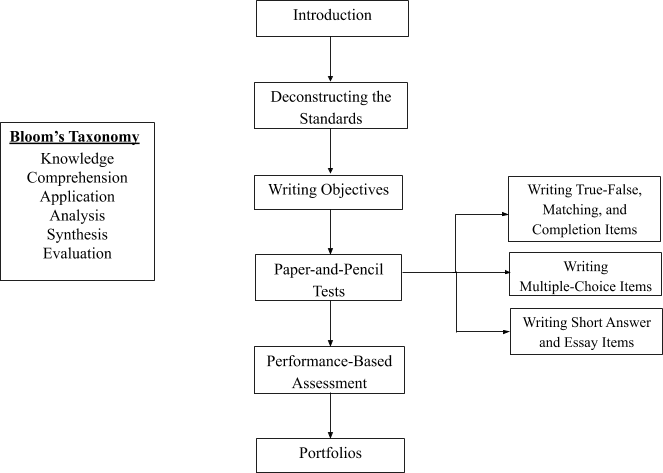
Much of the academic curriculum in today’s schools is dictated by the respective state standards, which are frequently based on national standards, such as those from the Principles and Standards for School Mathematics (NCTM, 2000); the Next Generation Science Standards (NGSS Lead States, 2013); the College, Career, and Civic Life (C3); Framework for Social Studies State Standards: Guidance for Enhancing the Rigor of K-12 Civics, Economics, Geography, and History (NCSS, 2017); and the Standards for the English Language Arts (NCTE and IRA, 1996). However, it is often difficult to translate these standards into in IEPs because of confusion generated by their broad generality and the absence of sufficient direction for their implementation. Hence, some teachers often have a negative view of standards per se.
Our goal in this chapter is to help you modify the wording of any standard into performance terminology and then transmit it into long-term and short-term instructional objectives, all within a progressive sequence of specificity. This sequence can serve as a set of blueprints for classroom instruction. As you know, most reputable contractors would not consider building a house without blueprints, because they provide a basis for ongoing (formative) and conclusive (summative) assessment, and they also enable the contractor to determine whether corrections are in order. Instructional objectives serve the same purpose for classroom instruction.
The litmus test for any instructional objective is whether it provides for objective assessment. Hence, clear language and specific intent should be inherent in every objective at every level. Of course, the level of specificity should increase from national and CEC Standards to long-term objectives- to short-term instructional objectives, and clarity of intent should be vividly present throughout.
Some measurement specialists caution against over adhering to specificity in instructional objectives, fearing that teachers may spend a disproportionate amount of time writing objectives at the expense of preparing for instruction (Harden, 2002). We believe that this is an unwarranted fear.
As we mentioned in the Introduction, virtually all statewide assessment tests are based on state standards, which stem from the national standards. Since these high-stakes tests are criterion- referenced, aligning your lesson plans with them by using our process can enhance your students’ performance on these critical examinations. Consequently, your comfort in implementing the standards into your instruction and assessment will result in higher student scores.



